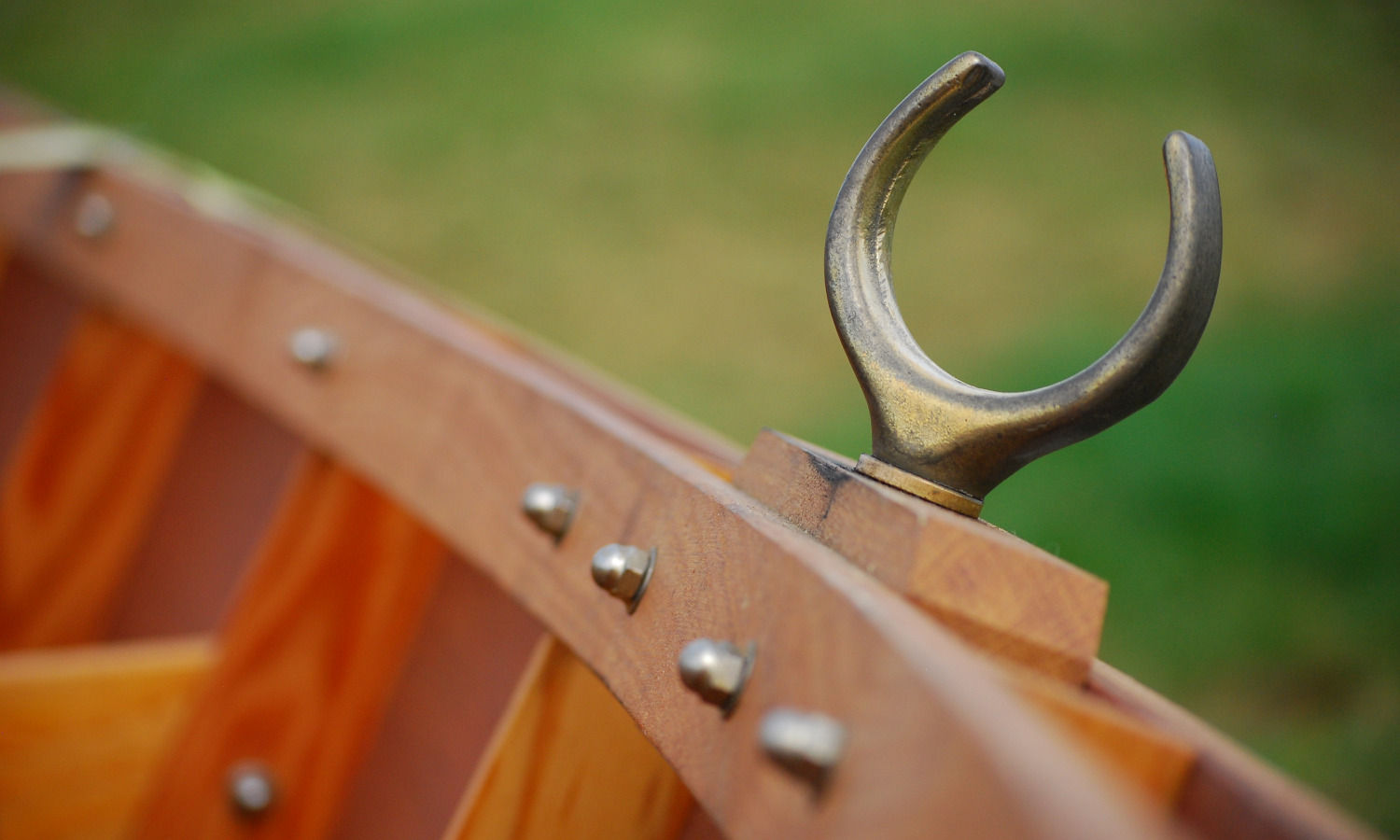
Frequently Asked Questions
What skills do I need?
You will need to be able to measure linear and angular dimensions, transfer these to wood and make accurate cuts. Knowledge of safe tool operation is a must, basic carpentry skills- sawing, sanding, finishing. Many first time builders have built our boats with limited skills.
What tools do I need?
SAFE operation of a tablesaw, hand saw, hammer, drill, various sanders of choice, chisel, files and measuring tools.
What kind of wood?
Marine grade plywood for hull sides and bottom. White oak and douglas fir are preferred materials for dimensional stock. Ash, hickory, western red cedar, larch, spruce are also suitable. Use materials that are resistant to rot, tough and able to withstand bending stress.
Where can I buy materials?
Lumber can be found at local sawmills to big box stores. Long lengths needed for trim, chine and sheer rails are often best sourced directly from millwork shops or sawmills. Use kiln dried dimensional stock.
What kind of paint, varnish or other finishes can I use?
A topic of great debate amongst boatbuilders. Finish options can range from cheap latex, to marine topside enamels, oil finishes, and high lustre varnish over epoxy treatments. Be aware that maintaining a fine finish will require future work and investment. Often a simple oil interior and painted exterior is the lowest maintenance option.
How do I store my wood boat?
We prefer to store our boats under roof and dry when off the water. A boat put away dry and kept out of the sun will last for many years of service.
How long will it take me to build?
This will vary based on skill. Often first time builders take 2 to 6 months to complete their boats. An experienced builder can build a hull in about a week, configure an interior in a week and apply a finish in a week. Our plans provide a "build schedule" to help planning the construction in stages to facilitate smooth progress in fabricating the various parts and final assembly.
DISCLAIMER: Boating is dangerous. Working with wood and power tools is hazardous. Down Home Boat Works and its owner is not responsible or liable for damages or injuries as a result of using our plans. Please practice safety both on and off the water.